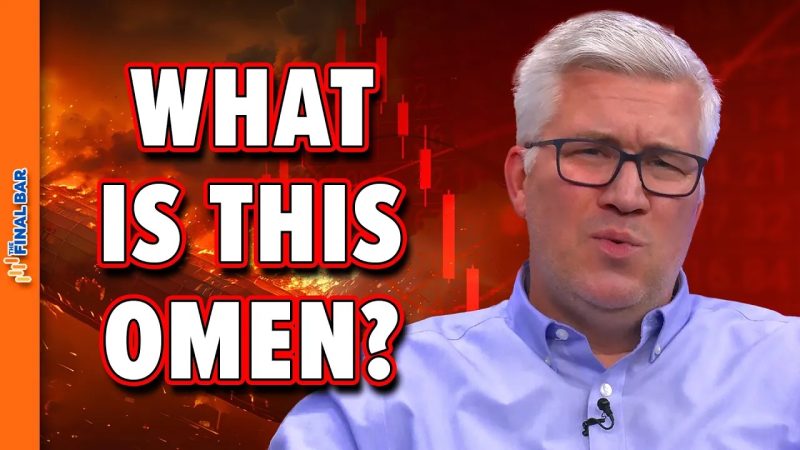
Uncover the Mystery of the Hindenburg Omen: Impact, Reality, and Longevity
The Hindenburg Omen: Decoding the Mystery, Effects, and Duration
Understanding the Hindenburg Omen can be a daunting task for those not familiar with the intricacies of stock market analysis. This technical indicator, named after the infamous Hindenburg disaster of 1937, has garnered attention for its supposed ability to predict stock market crashes. While proponents of the Hindenburg Omen argue that it is a reliable signal of impending market turmoil, skeptics remain unconvinced of its accuracy and efficacy.
The Hindenburg Omen operates on a relatively simple premise – it is triggered when a set of criteria are met within a short timeframe. These criteria include a high number of stocks hitting new highs and lows simultaneously, as well as a divergence between the number of advancing and declining issues on the stock exchange. Proponents of the Hindenburg Omen believe that when these criteria are met, it signals a heightened probability of a stock market crash within the next 30 to 40 days.
One of the key debates surrounding the Hindenburg Omen is the reliability of its signals. While some traders swear by its predictive power, others argue that its track record is mixed at best. Historical data show instances where the Hindenburg Omen was triggered without a subsequent market crash, leading some to question its validity as a reliable indicator.
Furthermore, the duration of the effects of the Hindenburg Omen remains a point of contention. Proponents suggest that the signal can last for several weeks, creating a window of heightened risk for investors. However, critics argue that the short-term nature of the signal makes it challenging to act upon effectively, as market conditions can change rapidly within the specified timeframe.
It is essential for investors to approach the Hindenburg Omen with caution and skepticism. While technical indicators can provide valuable insights into market trends, they should not be the sole basis for investment decisions. It is crucial to consider a wide range of factors, including fundamental analysis, market sentiment, and economic indicators, when making investment choices.
In conclusion, the Hindenburg Omen remains a contentious topic within the realm of stock market analysis. While some traders view it as a valuable tool for predicting market crashes, others remain skeptical of its accuracy and reliability. As with any technical indicator, it is essential to approach the Hindenburg Omen with a critical eye and consider it within the broader context of market dynamics.
